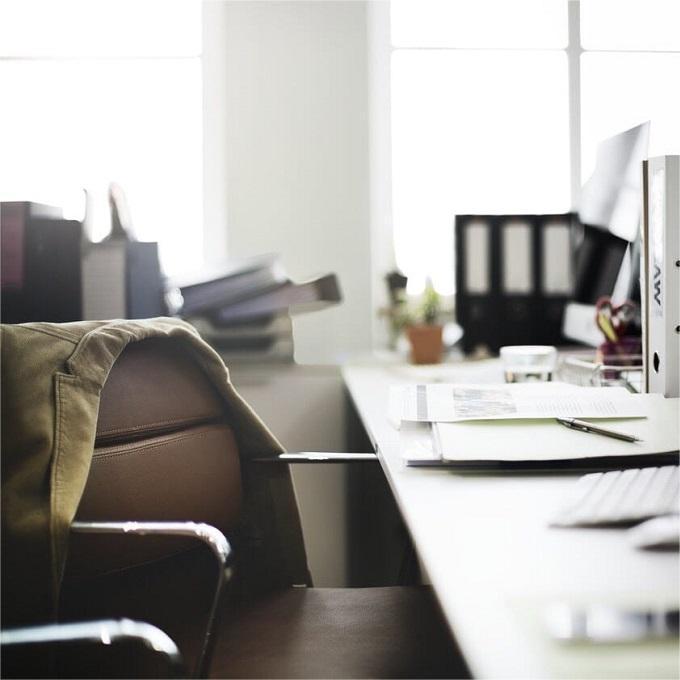
A lease calculator can help you determine whether or not leasing equipment is better than buying it. It calculates the total cost of both options and gives you an estimate of the monthly or annual payments that you may make on the equipment.
There are several factors to consider when deciding between renting or buying office equipment. These include the amount of money you can afford to put down, the interest rate on the loan, and the life of the equipment. Choosing the right type of lease can also make a difference. Whether you’re looking to replace existing equipment or purchase new equipment, an office equipment lease calculator can help you figure out the costs and payments.
The first thing to determine is the amount you can afford to put down. If you’re a small business with limited capital, you might be able to find an unsecured company loan. This can be used to finance smaller purchases. However, if you’re planning to invest in a significant piece of equipment, it’s probably best to make a down payment. Depending on your credit, a down payment can start at 5% for qualified applicants.
Another factor to consider is the length of the lease. A two- to five-year lease is usually the standard. In some cases, you can extend the term of the lease to up to 90 percent of the equipment’s expected life. You may also choose to buy the equipment after the lease expires, at a different agreed-upon price.
One of the most popular types of leases is an operating lease. An operating lease is ideal for short-term use of equipment. For example, a copier lease could allow you to upgrade your copier at the end of 12 months.
Some of the most common lease options are Lease at Fair Market Value, $1 buyout, and 10% purchase. A ten percent purchase lease gives you the option to buy the equipment at the end of the lease. It’s like a dollar buyout, but with a lower interest rate and a cheaper monthly payment.
When choosing an equipment lease, you should look for a lease that includes the option to buy the equipment at the end. A ten percent purchase lease is an operating lease with a capital lease component.
Another important factor to consider is the residual value. You should also consider the rate of depreciation. High depreciation rates will decrease the value of your equipment and increase your monthly payments. Also, the depreciation method will impact the number of years you will be required to pay for the equipment. Typically, high depreciation is about 20 percent per year.
Once you’ve determined the terms of the lease, you’ll need to submit your lease structure to the lessor. Your lease structure will include the term, APR, and monthly or annual payments. Besides these, you’ll also need to include any shipping or transportation costs and legal or certification fees.
Leasing is often seen as the most flexible form of financing. But it’s not always the most financially sound choice.




